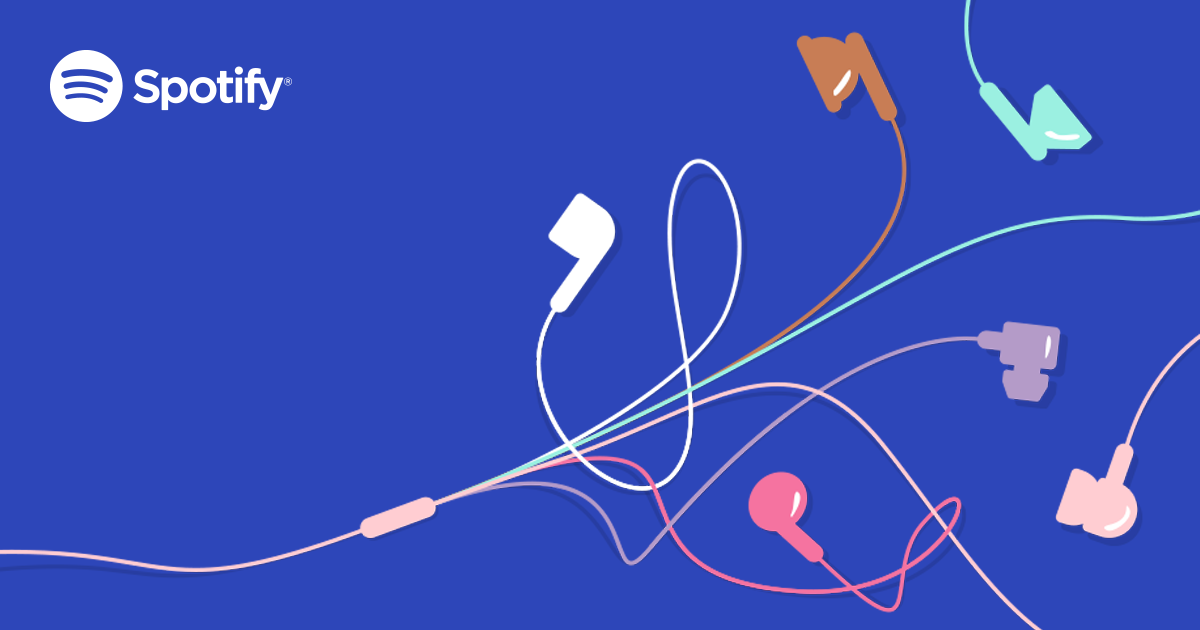As one of the oldest means of entertainment, music and its corresponding recording industry, represents one of the most intriguing examples of information goods. According to Shapiro, information goods are goods whose market value comes from the information they enclose (Shapiro & Varian 1999). Indeed, whilst an empty CD will cost one approximately 20 cents, a pop-singer’s album is valued at $5-10. However, does anyone still buy CDs in 2017?
With that question in mind, one shall claim that the way music is distributed and accessed has changed over time. The oldest complete musical composition dates back to 200 BC (Wired 2009). Since then and until the invention of sound recording, those interested in listening to music could either attend a live performance or buy music sheets to play it themselves. The 20th century brought vinyls and CDs to store music, radio broadcasting and portable players.
Interestingly, most of the participants in the music industry (content creators, distributors and consumers) always fulfilled the same roles. Traditionally, there are three types of property that are created and sold by the industry: compositions, recordings and media. For example, the song “My way” is owned by its composers Paul Anka and Claude Francois, the recording is owned by Capitol Records and the reproduced vinyls are owned by individual consumers.When a CD is sold, portions of revenue are divided among all those parties involved in the journey from the music creation to the customer’s ownership of a copy.
Digitalisation shifted music consumption from analog to digital, and brought several changes to the industry’s competitive environment. Starting from alteration of the cost structure and unlimited scalability of digital copies to brick-and-mortar stores closing down. The emergence of Napster, as peer-2-peer network, has shifted consumer behavior towards downloading music instead of buying physical copies. The content present on Napster was shared illegally and, as a result, Napster has been shut down by court orders due to lawsuits by copyright owners (Pepitone 2011). The industry did not appropriately respond to the changing nature of consumer demand (iTunes was introduced only in 2004), which resulted in dire losses. This prepared the grounds for streaming to come into play.
Streaming entails aggregating numerous compositions and delivering them to various devices over the internet. It employs a shared-service based model and divides the costs and revenues between users and content owners respectively (Sears 2016). While the artists and labels’ royalties are calculated in many ways, users are offered Freemium and Premium packages, following the product versioning strategy (Shapiro & Varian 1999). The platform incentivises users to shift to Premium via exclusive features, and removal of pain points such as ads, limited-skips etc.
While several changes to the industry, such as streaming services taking over digital copies, have already taken place, there are several possible scenarios regarding the way music will be distributed and experienced in the future. For instance, Coachella introduced VR, allowing the Tupac hologram to perform on stage in 2012 (Ngak 2012). Spotify may leverage this trend by introducing VR support, through the bundling of VR goggles in Premium subscription. Moreover, the evolution of Big Data, Machine Learning and AI will force streaming platforms to compete on having better music discovery and playlist curation algorithms than on offering a large catalogue (Vanian 2015).
Experts claim that in the future, the way we experience music will not be limited to an auditory experience anymore, but will also include more experiences in the sensory spectrum. Who knows? Maybe one day we might even be able to taste music!
References
Ngak, C 2012, Tupac Coachella hologram: Behind the technology, in , Cbsnews.com, viewed 29 September 2017, <https://www.cbsnews.com/news/tupac-coachella-hologram-behind-the-technology/>.
Pepitone, J 2011, Today is Napster’s last day of existence, in , CNNMoney, viewed 29 September 2017, <http://money.cnn.com/2011/11/30/technology/napster_rhapsody/?source=cnn_bin>.
Sears, G 2016, viewed 29 September 2017, <https://www.quora.com/How-much-does-the-average-artist-earn-per-play-on-Spotify/answer/Glen-Sears>.
Shapiro, C & Varian, H 1999, Information Rules: A Strategic Guide to the Network Economy, Harvard Business School Press, Boston, Mass.
Vanian, J 2015, Spotify buys Seed Scientific to improve its data science around music streaming, in , Fortune.com, viewed 29 September 2017, <http://fortune.com/2015/06/24/spotify-data-acquisition/>.
WIRED, T 2009, The Seikilos Epitaph: The Oldest Song in the World, in , WIRED, viewed 29 September 2017, <https://www.wired.com/2009/10/the-seikilos-epitaph/>.

